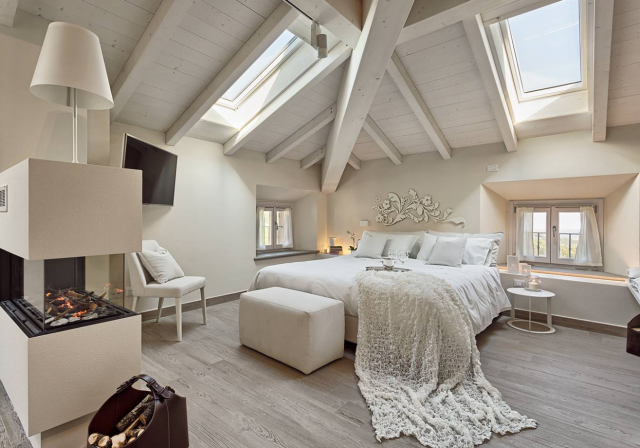
Original article written by houzz
A house is up to date with the land registry when both the cadastral plans and the description of the property in the database of the Agenzia del Territorio (one of the four tax agencies in Italy, responsible for land and property registry) are true and match with the data held by the local council. Keeping your cadastral records updated is essential for paying the correct amount of Municipal Property Tax (Imposta Unica Municipale or IMU) and it prevents sanctions and restrictions when it comes time for the sale or purchase of the property.
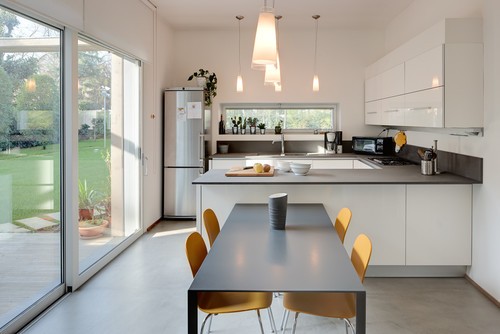
As a general rule, any modifications made to the property must be reported to the Catasto Edilizio Urbano, the land registry, within thirty days of the work ending if there is a change in the number of rooms or other characteristics of the property. You’ll need to present a declaration in the registry for any new works that take place, any demolition of buildings or renovations of existing installations. Below, we look at six common cases in which it is necessary to change the cadastral register in Italy.

1. Open spaces
When renovating, many people want to join the kitchen, living room and hall into one room for a nice, modern, open plan space. This is one of the cases where you’d have to inform the Agenzia del Territorio because there is a change in the floorplan of the property. The details in the database must correspond to the current state of the property, even if the total number of rooms doesn’t change.

2. Built-in wardrobes
When you put a built-in wardrobe in a room, you must declare the change to the land registry because a separate space has been added to the house. The wardrobe counts among the number of cadastral compartments as a third of a room or as a floor change. If the wardrobe is made of plaster or wood, it’s important to assess whether it’s necessary to declare it or not, although it’s always best to err on the side of caution and indicate it in the floorplan.

3. Second bathroom
Likewise, the creation of a second bathroom means an increase of a third of a room, unless it’s only a makeover of an existing bathroom which is already in the Catasto property register and there is no change in the position or size of doors and windows.
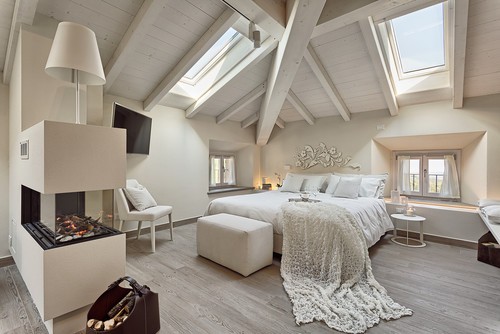
4. Refurbishing the loft
Taking back an attic for use as a comfy living space or bedroom definitely requires registration as it increases the cadastral income because a loft has a lower return when used for storage than when it is used for residential purposes. However, it’s worth remembering that any loft less than 150cm (5 ft) high doesn’t affect the cadastral value.
5. Creating a terrace
Closing spaces off with windows to create a type of conservatory or terrace extends the size of the property and increases the land value. However, the circumstances of this increase will depend on what you intend to use the space for. If it is to be used as an extension of the house, as a living room or study, it is considered a main compartment, but if it is to be a greenhouse or “winter garden”, it counts as a secondary compartment and has a lower value.
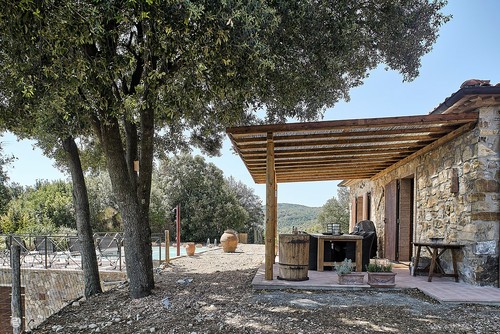
6. Doing up a country home
If you’re planning to renovate an old country house, make sure that the building has been registered correctly with the Catasto Edilizio Urbano and that the usage category has been changed in the local council’s records, with all the corresponding taxes, to be able to use the building as a residential property.
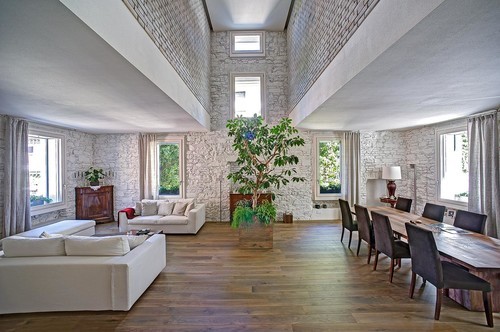
Conclusion
Knowing when you need to change or update the cadastral registry is not as obvious as it may seem at first. Some renovation work may seem normal, such as putting up a terraced space, or even when there is no building work taking place, such as in the change in use of a property, but these changes must always be registered with the Agenzia del Territorio within thirty days. Don’t get caught unawares!